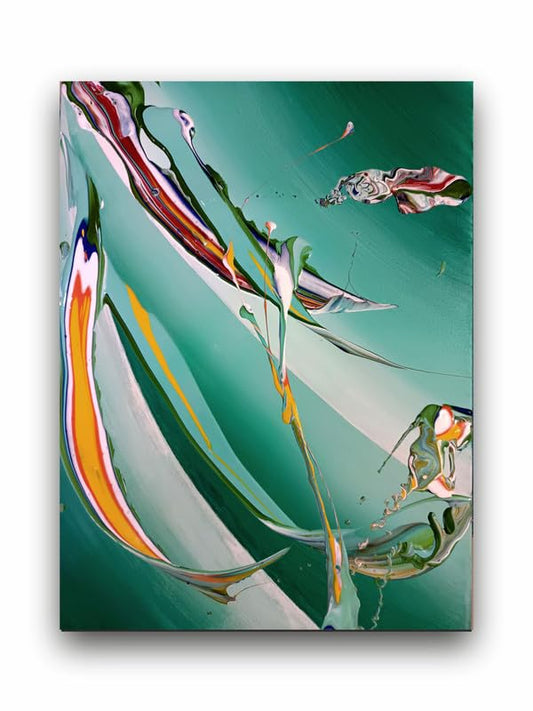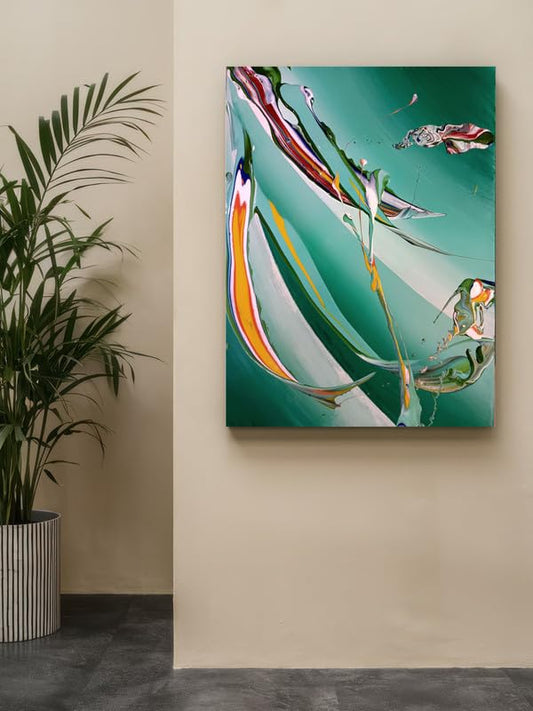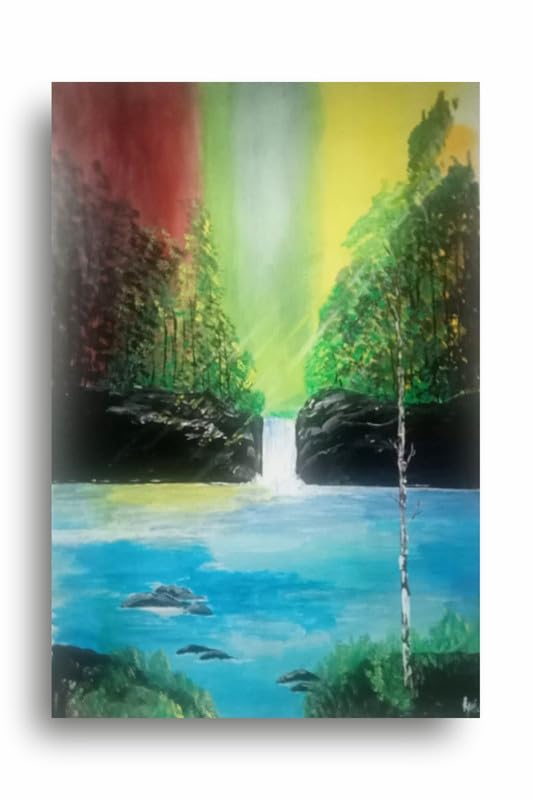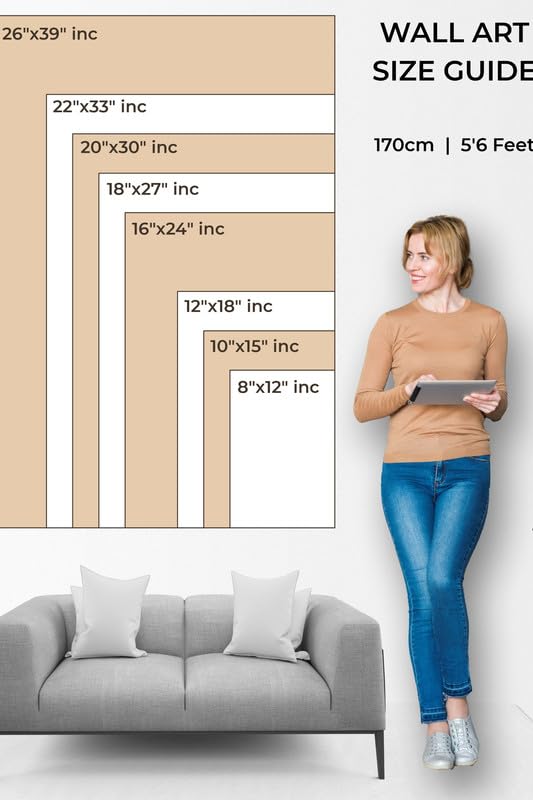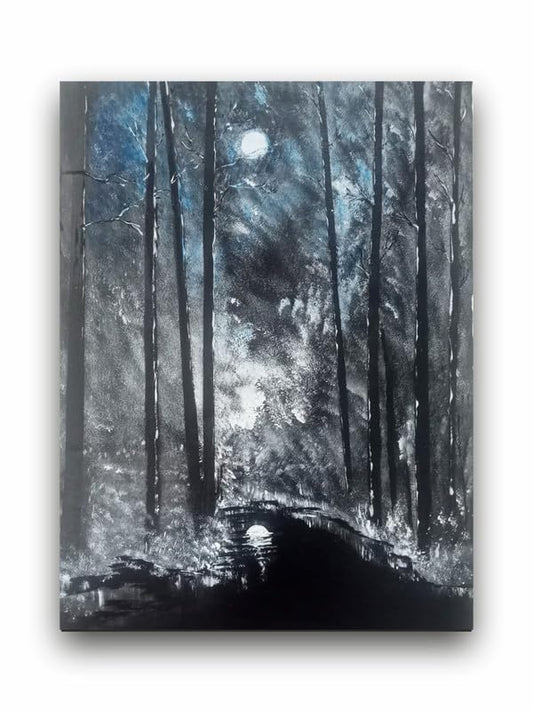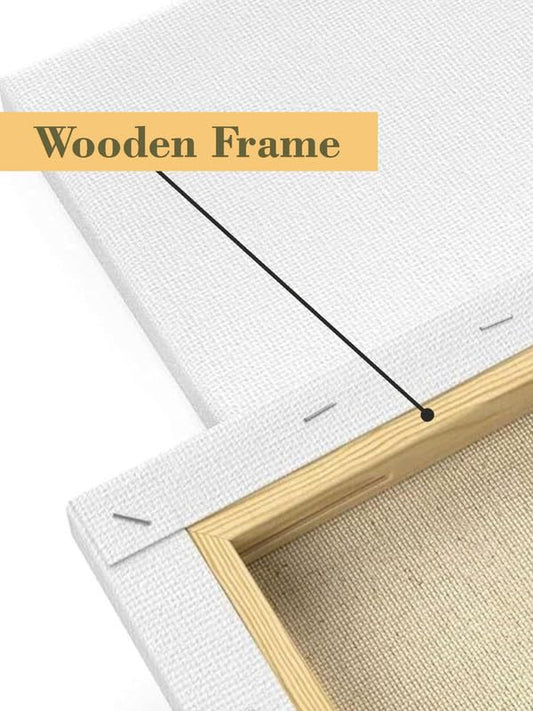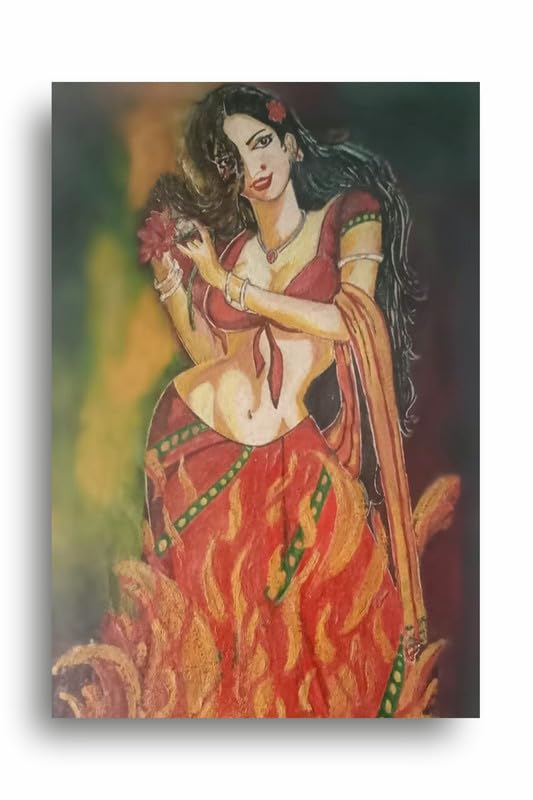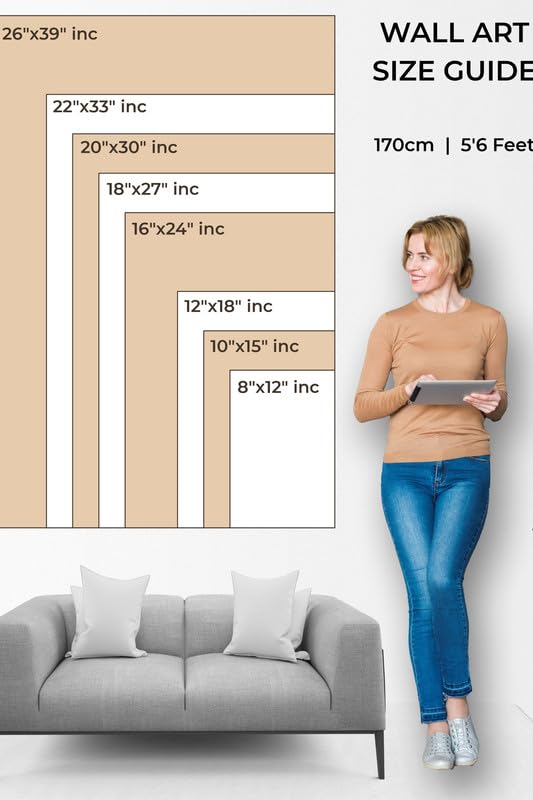
Investigating Emotion in Abstract Art and Its Production
Investigating Emotion in Abstract Art and Its Production
Abstract art, colored with vibrant hues and bold forms, sometimes chaotic but life-giving composition, has often sparked the imagination both of artists as well as its viewers. Unlike representational art, which identifies and acknowledges a familiar subject, abstract art is all about evoking emotion, thought, and even sensation through non-literal means. Emotion itself stands at the forefront of creating abstract art: invisible but palpable, it molds the shape of the artist's vision and fuels the process of creativity.
In a word, abstract art is the expressive tool of the artist - the field in which they can manifest their emotions through colors and images, all the more so if words or images would not become the suitable tools to describe their mood. Actually, many abstract artists refer that emotions like joy, frustration, anger, or serenity serve as points of departure. They let out their inner experiences onto the canvas, bringing colors, shapes, and textures into play in response to them. It's that personal connection between the artist and his art, which makes abstract art so raw and powerful.
Color is very significant in abstract art as a direct expression of emotion. There are some colors that everybody associates to a certain emotion: red means passion or anger, blue means peaceful and depressing, and yellow means energetic and happy. The abstract artists use these associations really skillfully to manipulate the emotional response by the viewer. A red big-canvas might evoke intensity or urgency, and soft blues will evoke peaceful reflection.
But beyond color, the use of shape and motion in abstract art gives an artist another dimension in which to express their emotional self. Winding, sweeping strokes can reflect freedom or feeling unrestrained, whereas sharp, angular shapes may speak of tension or conflict. Abstract art cannot be subjected to genuinely literal interpretation because of the vague definitions of forms used to again evoke the internal world of the artist and ask the viewer to experience the painting emotionally, not rationalistically.
Thus, the abstruse style of art is not a phenomenon confined to the experience of the artist alone. The emotion attached behind the work of art also travels across to the mind of the audience when they see it interpreting its color, shape, and texture in a way finding an appropriate echo with what they feel. In this manner, the abstract art form can be said to form some kind of bridge joining the artist to the audience. It thus brings about a common experience on an emotional level even when the work itself leaves scope open for interpretation.
Finally, it should be remembered that emotion cannot be absent in abstract art. It is the starting point of each work, a power behind the moving hand towards a sincere connection that will reach the heart of the spectator. In abstraction, emotions find an apparent medium, so speaking directly to the soul rather than to the mind is quite within the realm of possibility.
Investigating Emotion in Abstract Art and Its Production

